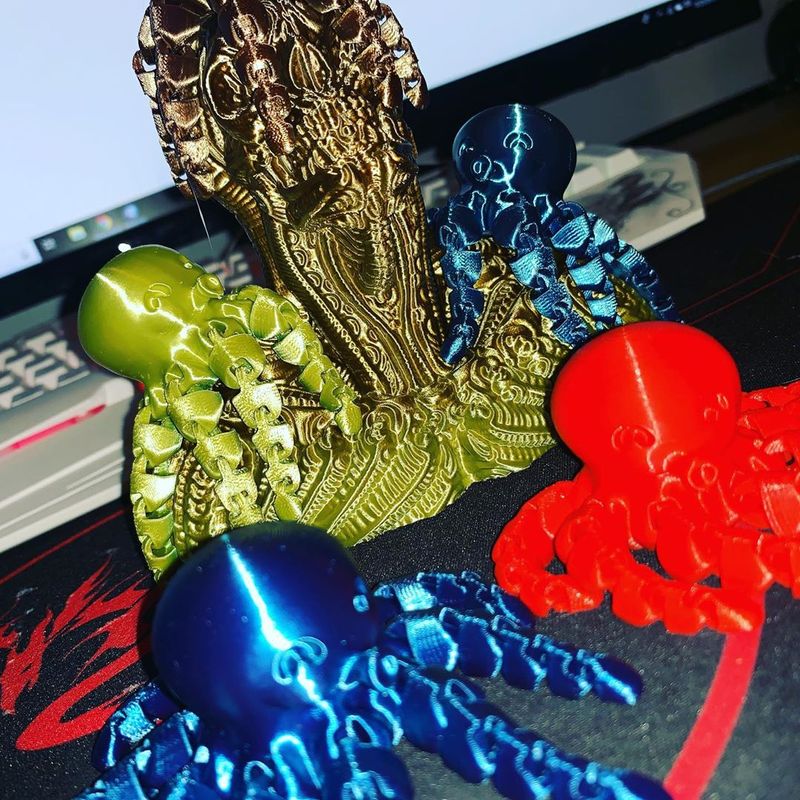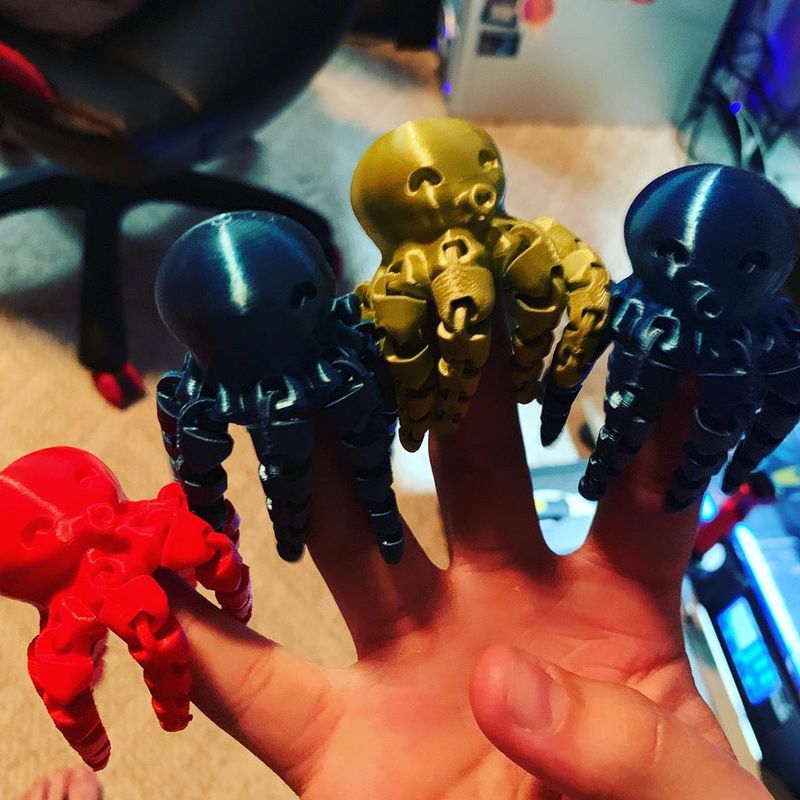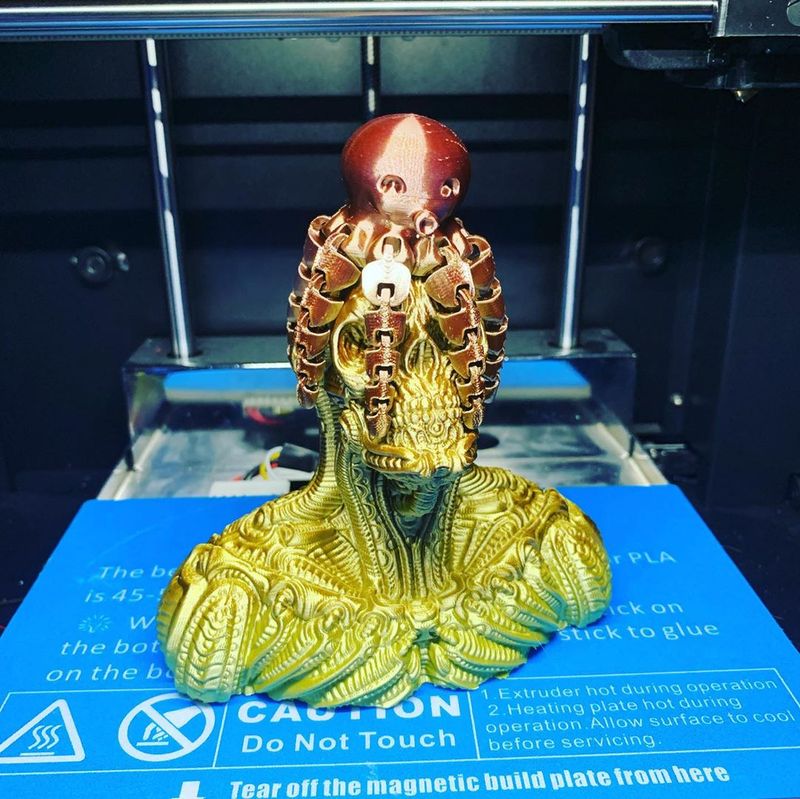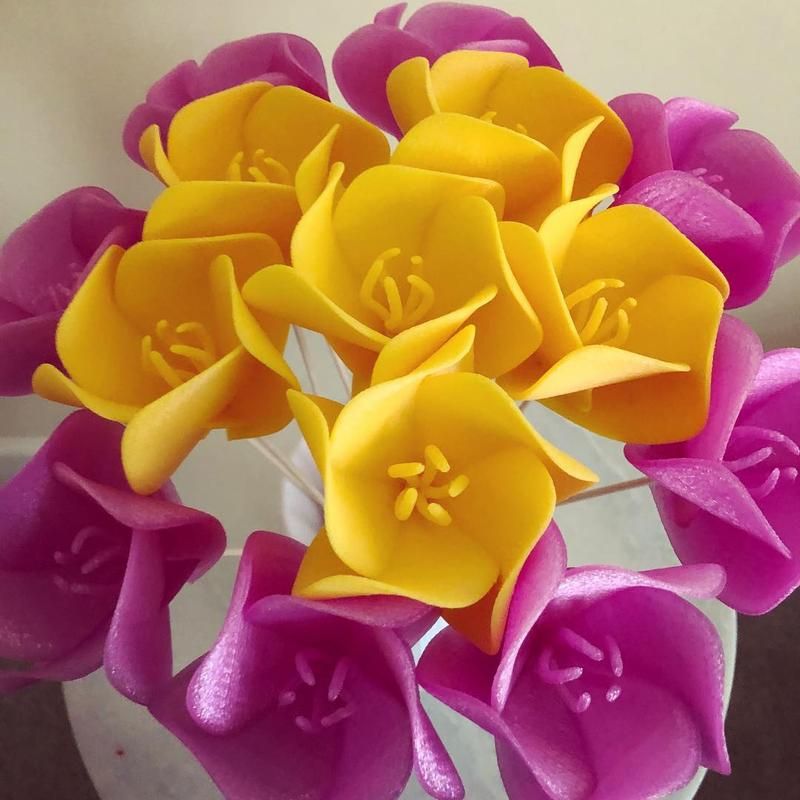
Hi everyone, and welcome to Top 3D Blog! In this review, we will talk about the QIDI X-Pro, a dual-extrusion 3D printer that stands out for its competitive price tag. Sold at around $600, it is one of the most affordable dual-extrusion 3D printers currently available on the market.
The QIDI Tech X-Pro 3D printer is produced by QIDI Tech, a Chinese 3D printer manufacturer engaged in the research and development of cost-effective 3D printing systems targeted to both consumer and semi-professional markets. The X-Pro is an improved version of the QIDI Tech 1, an entry-level dual-extruder machine, which was in turn designed on the basis of the popular Makerbot Replicator.

The QIDI X-Pro is a dual-extrusion FDM printer packed with a variety of smart features. Before having a deeper look at all of its specs, let’s briefly introduce them.
Specifications
The QIDI Tech X-Pro is a fully enclosed FDM 3D printer. It is composed of a stable aluminum body, an upper lid, and detachable acrylic panels. It comes pre-assembled. You only need to install the extrusion unit and calibrate the platform prior to printing.
The X-Pro uses the Cartesian movement to deposit melted thermoplastic materials on the build platform, layer by layer. The plastic filament is fed into the extrusion module via a Direct Drive motor placed atop the hot ends. The head moves on the X and Y axes, while the bed travels along the Z-axis.

Source: Instagram.com
The dual extrusion system with dual hot end lets you print with two spools of filament simultaneously, enabling multi-color and multi-material printing. The printer works with filaments of 1.75mm in diameter. The nozzles size is 0.4mm.
The QIDI Tech X-Pro can produce layers with a minimum height of 50 microns. It can print as fast as 150mm/s.

Source: instagram.com
The X-Pro has a build volume of 230 x 150 x 150mm. It adopts a heated bed made of aluminum covered with a detachable magnetic build plate. The top surface provides good adhesion. However, applying some glue to the plate is suggested to increase first layer adhesion.

Source: amazon.com
Considering its useful features, the X-Pro has a pretty competitive price.
It benefits from a print recovery function, which prevents failures due to accidental power outages. Indeed, it is capable of saving the head position in order to restart the print job in a different moment.
It has a responsive touchscreen, which lets you navigate and select the pre-heating and filament settings with ease. It also gives the possibility to adjust some settings on the fly.

The device features an assisted manual calibration that steps you through the entire leveling process. Calibrating the bed before and after long-time prints is highly recommended.
This video shows how to correctly level the print bed.
The X-Pro is Wi-Fi enabled. This means you can launch your print wirelessly. Please note that this process only works when both the printer and the computer are on the same Wi-Fi network.
Transferring large files over Wi-Fi might be a long process. That’s why many users prefer upgrading the machine by installing OctoPrint for instant file transfers. To do that, you should connect a Raspberry Pi to the UART connector on the motherboard. Browsing online you will find lots of how-to guides to successfully install it.
In some cases, the Wi-Fi might not work properly. To solve the issue, contact QIDI support. They will promptly send you the required files to update the firmware and make the Wi-Fi work again. Indeed, the manufacturing company stands out for excellent and friendly tech support. When reaching out to them, they always provide helpful information in short times.
In addition to the printer, the package also contains:

The machine comes packed with cable ties, paddings and mask tapes to minimize movements during transportation and hold things in place. Even though most of the printer is already built, it is necessary to install some components before start printing. The assembly process takes around 30/35 minutes. The provided manual clearly shows how to set it up.

First, you have to mount the dual extruder onto the rail and fit the turbo baffle into the turbofan. Then, you can put the filament holders and the guides in place and feed the filament to the extrusion module. After that, turn on the machine and calibrate the bed. The onboard guide makes bed leveling a doodle.
The clear documentation and tutorials included will guide you through the assembly process step by step, making it easier. Otherwise, for a better experience, you can have a look at this QIDI Technology X Pro 3D Printer Unboxing and Setup video.
The QIDI Tech X-Pro is composed of a metal open frame with transparent plastic covers and top lid. The sturdy metal construction reduces wobbles and makes for quality prints. The cables are all neat and tidy. No loose wires will affect your prints.
The enclosed build chamber keeps the printing temperature constant, making for reliable and repeatable results when printing with temperature-sensitive materials. The swing-open front door gives you access to the print chamber, while the transparent panels let you constantly check the status of the print job.

Source: amazon.com
The device is equipped with a Direct Drive dual-extrusion module, which features 4-side air blow turbofans to cool down the model while printing. The turbofan baffle equally distributes the air resulting in better print quality.

Source: 3daddict.com
The X-Pro sports a 6mm-thick heated bed with a removable magnetic plate, which can be bent to quickly pop off the completed parts. The bed features a 12mm guide rod. It can heat up to 110°C.
The on-screen instructions of the assisted manual calibration streamline bed leveling. The shipping box includes a leveling paper to correctly perform the calibration.

Source: amazon.com
The printer is equipped with a 32-bit ChiTu F Plus controller mainboard and a USB port for pen drives. It doesn’t support USB connection.
The QIDI Tech X-Pro comes with an integrated 4.3-inch touchscreen. Large and user-friendly, it is easy to navigate and operate. It gives you broad access to heating and material settings. It lets you adjust fan speeds, as well as extruder and bed temperatures while printing. Also, it provides a preview of the 3D model you want to print.
This robust machine weighs around 28 kg.
The QIDI X-Pro comes bundled with QIDI print, which seems to be a modded version of the popular Cura Slicer. The software along with some test prints is stored on the provided USB. Simple to use and install, it features both beginner-friendly auto-slice functions and advanced functions for expert users. The program comes pre-configured for the QIDI X-Pro. It lets you print smoothly just after unboxing.
QIDI Print is available for both Windows and Mac OS operating systems. The device is also compatible with 3rd-party slicers, including the original Cura and Simplify 3D.
The X-Pro comes bundled with Sailfish firmware. In case you need to modify or update it, the customer support will provide you with all the necessary info to do that.
The printer is engineered with an aviation-grade heatable bed that can heat up to 110°C. It adopts a Direct Drive extrusion mechanism with dual nozzles, which can heat up to 250°C. Still, it features an enclosed print chamber.
The effective thermal design makes the printer compatible with a variety of standard filaments, including PLA, PETG, ABS and TPU.
The QIDI X-Pro can handle flexible filaments without requiring any modifications. For example, this TPU-made tire has been printed at nozzle temperature 225°C, hot bed 60°C, and 30mm/s print speed.

Source: amazon.com
The closed-frame reduces the risk of failures when printing with ABS-like materials.

Source: instagram.com
The examples below show how good the X-Pro is for small and detailed prints.

Source: instagram.com

Source: instagram.com

Source: instagram.com
The example below shows an extremely detailed black vase.

Source: instagram.com
And here are the flowers.

Source: instagram.com
After some time, the machine, like most FDM 3D printers, does require maintenance. Upgrading, hacking, or replacing its parts is pretty easy. You can use both brand parts or Flashforge components. Indeed, the printer is compatible with most Creator Pro and Dreamer parts.
As for the upgrades, there are a variety of improvements that can be made. For example, you might replace the stock nozzles with high-temp ones to start printing with exotic and specialty filaments.
Pros:
Cons:
To sum up, the QIDI X-Pro is a remarkably good, solid 3D printer, which delivers good quality outputs comparable with the ones of more expensive machines. The bundled slicer is simple and intuitive, this streamlines the printing process.
Extremely easy to operate, it is perfect for both seasoned users and newbies. It is hard to find a better price for this quality.
To acquire the QIDI Tech X-Pro 3D printer visit Top 3D Shop.
Update your browser to view this website correctly. Update my browser now
Write a comment